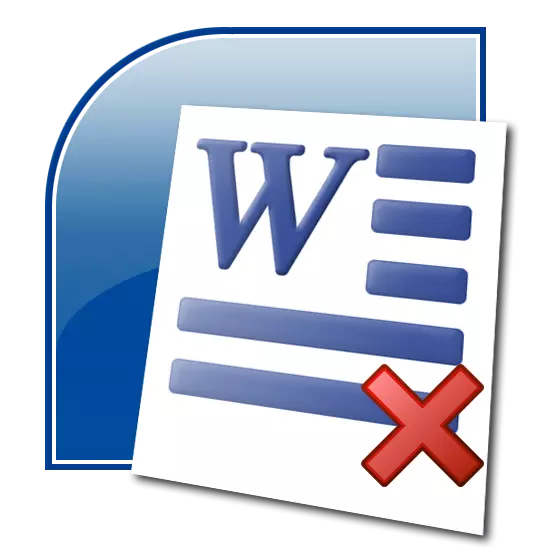
For offices, the presence of a large number of printers is characterized, because the amount of printed documentation in one day is incredibly huge. However, even one printer can be connected to multiple computers, which guarantees a constant queue for printing. But what should I do if such a list urgently clean?
HP printer print queue cleaning
HP technology is quite widespread due to its reliability and large number of possible functions. That is why many users are interested in how to clear the queue from files prepared for printing on such devices. In fact, the printer model is not so important, so all disassembled options are suitable for any similar technique.Method 1: Cleaning the queue using the "Control Panel"
A fairly simple method for cleaning the queue of documents prepared for printing. It does not require a lot of knowledge of computer equipment and quick enough to use.
- At the very beginning we are interested in the "Start" menu. Going into it, you need to find a section called "devices and printers". Open it.
- All printing devices that are connected to a computer or simply previously used its owner, are located here. That printer, which is currently working, must be marked by a check mark in the corner. This means that it is installed by default and all documents pass through it.
- We make one single click right-click. In the context menu, select "View the print queue".
- After these actions, we have a new window, which lists all current documents prepared for printing. Including necessarily the one that has already been accepted by the printer is displayed. If you want to delete a specific file, you can find it by name. If you want to fully stop the device, the entire list is cleared by one touch.
- For the first option, you must click on the PCM file and select the "Cancel" item. Such an action completely eliminates the ability to print the file if you do not add it again. You can also pause printing by using a special command. However, this is relevant only for a while, if the printer, let's say, flashed paper.
- The removal of all files with prints is possible through a special menu that opens when you press the "Printer" button. After that, you need to select "Clear Print Queue."
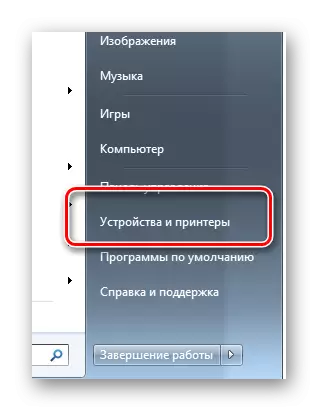
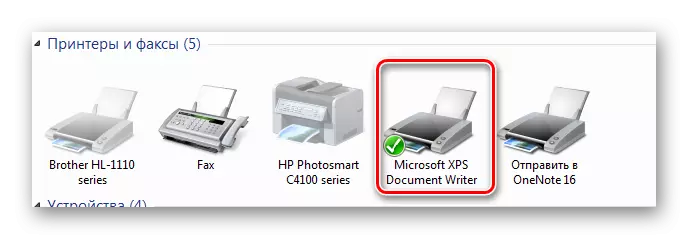
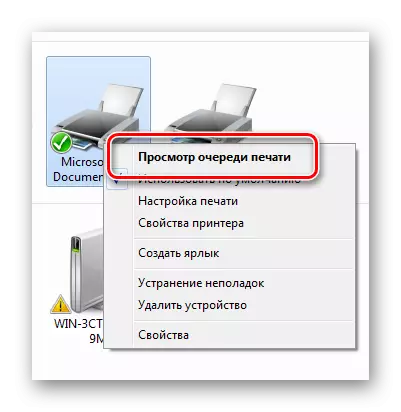
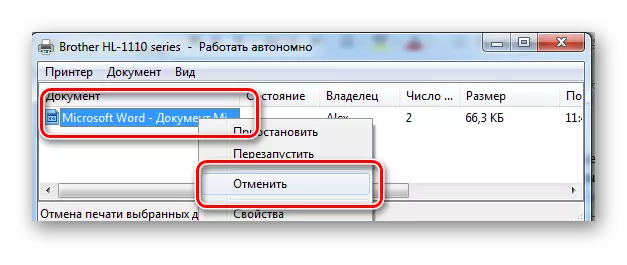
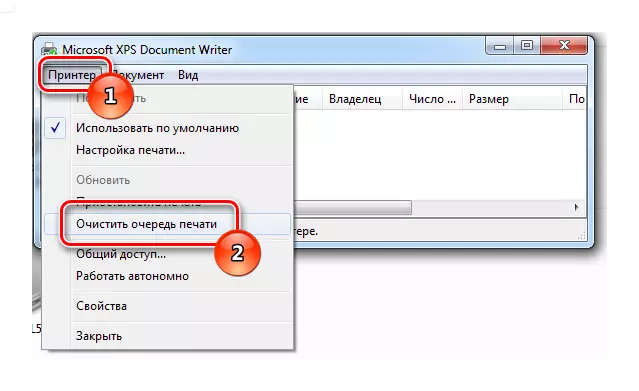
Such an option for cleaning the print queue is quite simple, as mentioned earlier.
Method 2: interaction with the system process
At first glance, it may seem that this method will differ from the previous complexity and requires knowledge in computer technician. However, this is not the case. The option in question can be the most sought-after for you.
- At the very beginning, you need to run a special "Run" window. If you know where it is located in the Start menu, you can run it from there, but there is a key combination that will make it much faster: win + r.
- A small window appears in front of us, which contains only one row to fill. We enter a command to display all the current services: Services.msc. Next, click on "OK" or ENTER key.
- The opened window provides us with a sufficiently large list of current services, where you need to find the "Print Manager". Next, we produce PCM pressing and choose "restart".
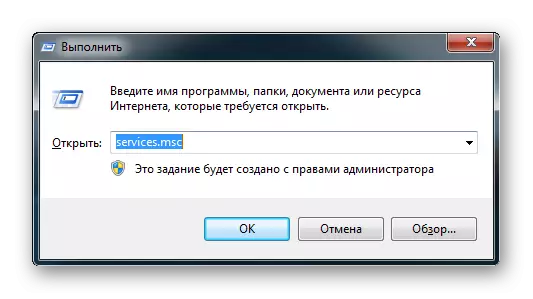

It should be immediately noted that the complete stop of the process, which is accessible to the user after pressing the next button can lead to the fact that in the future the print procedure may not be available.
This describes this method. You can say only that this is a fairly effective and fast method, which is especially useful if the standard option for some reason is not available.
Method 3: Deleting a temporary folder
Not uncommon and such moments when the simplest ways do not work and have to use the manual deletion of temporary folders responsible for printing. Most often, this is due to the fact that the documents are locked by the device driver or operating system. That is why the queue is not cleared.
- To begin with, you should restart the computer and even the printer. If the queue is still filled with documents, you will have to act further.
- To directly delete all recorded data into the printer's memory, you need to go to the Special Catalog C: \ Windows \ System32 \ Spool \.
- It has a folder with the name "Printers". There are all information about turns. You need to clean it with any available method, but not delete. Immediately it is worth noting that all the data that will be erased without the possibility of recovery. The only option how to add them back is to send a print file.
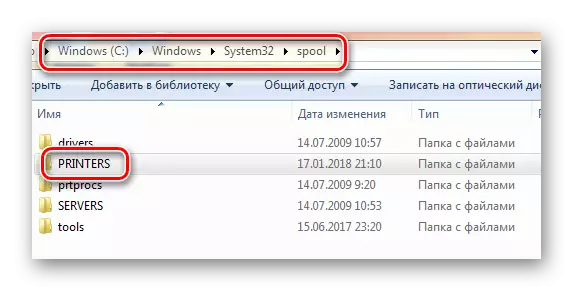
This consideration of this method is over. It is not very convenient to use, because it is not easy to remember the long path to the folder, and in the offices rarely have access to such catalogs, which immediately excludes most of the potential adherents of this method.
Method 4: Command Line
The most time-consuming and enough complex way that can help you clear the stamp turn. However, such situations happen when it is simply not to do without it.
- To begin with, run CMD. It is necessary to do this with the administrator rights, so we pass the following path: "Start" - "All Programs" - "Standard" - "Command Line".
- We make a click PCM and select "Run on behalf of the administrator."
- Immediately after that, a black screen appears before us. Do not be afraid, because the command line looks like. On the keyboard, enter the following command: Net Stop Spooler. She stops the work of the service that answers the queue to print.
- Immediately after that, enter two teams in which the most important thing is not to be mistaken in any symbol:
- Once all commands are fulfilled, the stamp queue should be empty. Perhaps this is due to the fact that all files having the SHD and SPL extension are removed, but only from the directory that we pointed out on the command line.
- After this procedure, it is important to execute the NET Start Spooler command. It will turn on the print service back. If you forget about it, then subsequent actions associated with the printer may be difficult.
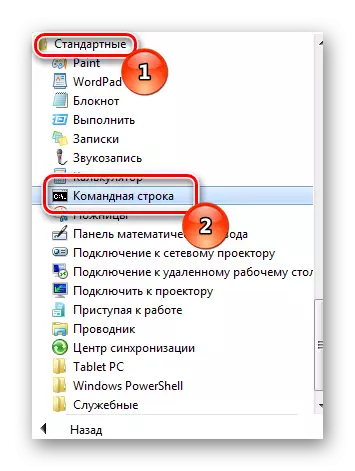

Del% Systemroot% \ System32 \ Spool \ Printers \ *. SHD / F / S / Q
Del% Systemroot% \ System32 \ Spool \ Printers \ *. SPL / F / S / Q
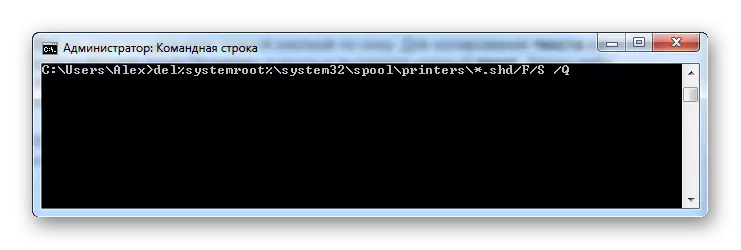
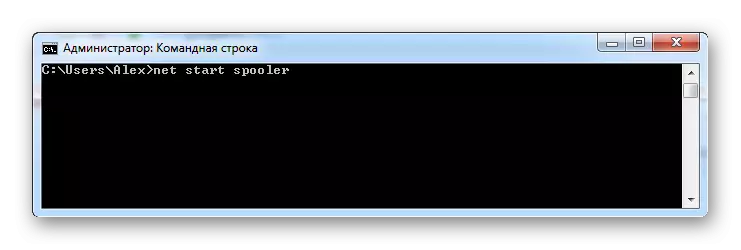
It is worth noting that this method is possible only if temporary files that create a queue from documents are located in the folder with which we work. It is indicated in the form in which there is a default if the actions on the command line are not performed, the path to the folder differs from the standard one.
This option is possible only when performing certain conditions. In addition, it is not the easiest. However, it can be useful.
Method 5: BAT file
In fact, this method is not many different from the previous one, as it is associated with the implementation of the same teams and requires the observance of the above condition. But if it does not scare you and all folders are located in the default directories, then you can proceed to action.
- Open any text editor. The standard in such cases is used notepad, which has a minimal feature set and is ideal for creating BAT files.
- Immediately save the document in BAT format. I don't need to write anything before it.
- Do not close the file itself. After saving write the following commands in it:
- Now we save the file again, but no longer change expansion. Finished tool for instant removal of printing queue in your hands.
- For use, it is enough just to produce a double click on the file. Such an action will replace you with the need for constant input of a set of characters to the command line.

Del% Systemroot% \ System32 \ Spool \ Printers \ *. SHD / F / S / Q
Del% Systemroot% \ System32 \ Spool \ Printers \ *. SPL / F / S / Q

Note, if the path of the folder is still different, then the BAT file must be edited. You can do this at any time through the same text editor.
Thus, we discussed 5 effective methods for removing the print queue on the HP printer. It is worth only to note that if the system does not "depend on" and everything works in normal mode, then start the removal procedure from the first method, since it is most safe.
